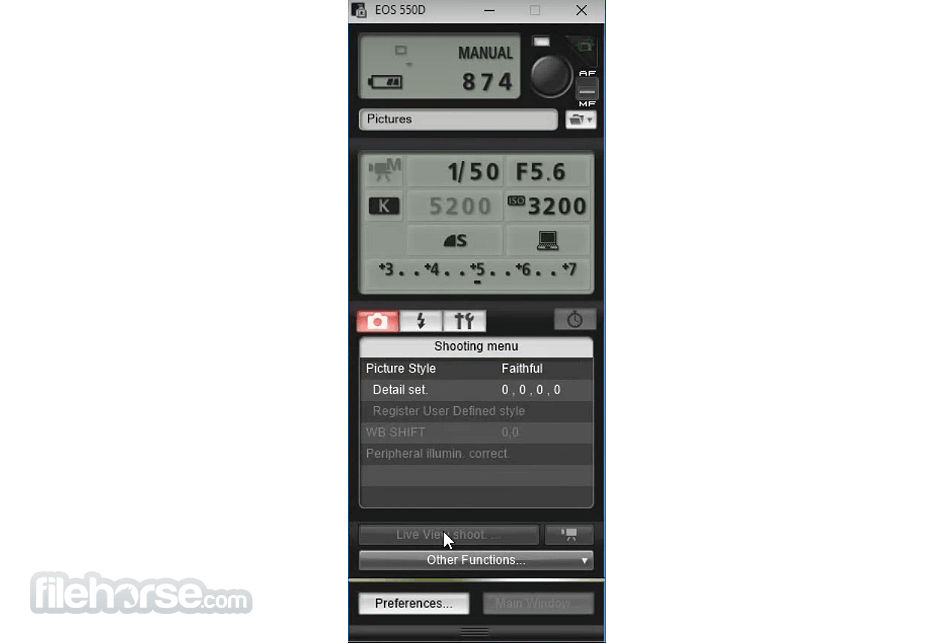
But noise can get ugly in compact digital cameras with tiny pixels, especially at high ISO speeds, and noise reduction software can have visible side-effects. The good news is noise can be extremely low- often imperceptibly low- in digital cameras, particularly DSLRs with large pixels (4 microns square or larger). Since it arises from basic physics- the photon nature of light and the thermal energy of heat- it will always be present. It is closely related to dynamic range- the range of brightness a camera can reproduce with reasonably good Signal-to-Noise Ratio (SNR) and contrast.

It is a key image quality factor nearly as important as sharpness. Noise is a random variation of image density, visible as grain in film and pixel level variations in digital images. Temporal Noise – comparing the two-image and multi-image measurements Noise spectrum – Links Key noise-related web pagesĭynamic Range – a general introduction with links to Imatest modules that calculate it.Ĭolor/Tone / eSFR ISO Noise – including chroma, sensor (RAW), and visual noise Scene-reference noise, SNR, and Dynamic Range – Temporal noise – ISO 15739 noise and SNR Introduction – Noise measurements – Noise appearance – Noise summary


 0 kommentar(er)
0 kommentar(er)
